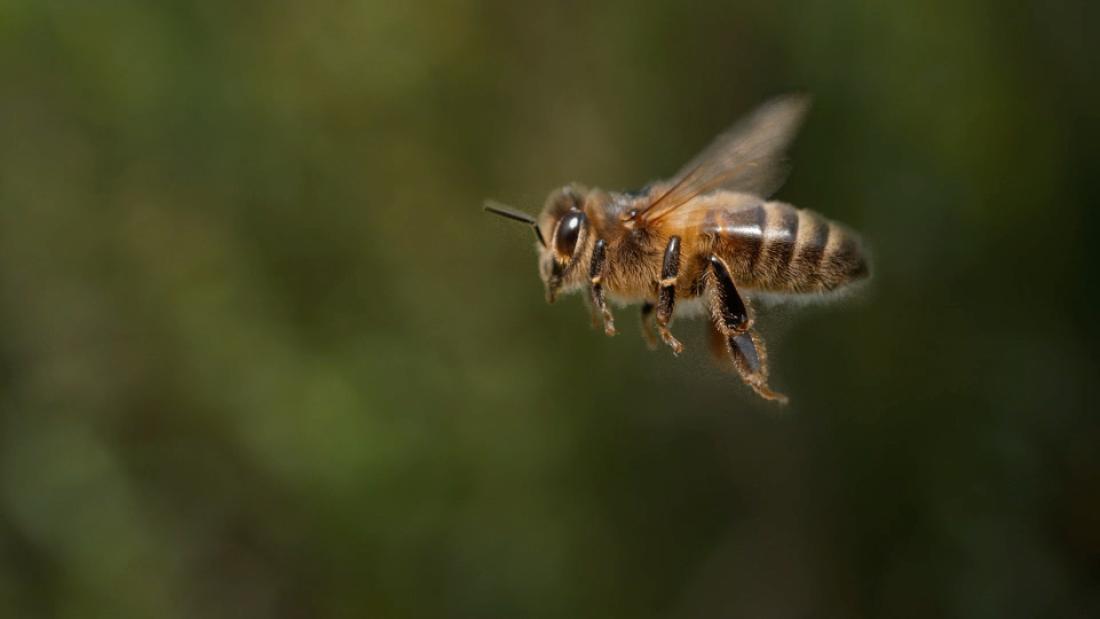Researchers in the School of Computer Science and Electronic Engineering have been investigating bee motion. Honeybees are important pollinators. The researchers have been researching how automatic and minimally invasive techniques can be used to understand honeybee movement. Their work can be applied to other insects, animal or assets but pollinators as honeybee and bumblebees are clearly key to soft fruit industry, food diversity and ecosystem stability.
Dr Cristiano Palego explained
In previous work, we mounted a micro scale Radio Frequency (RF) emitting tag on the thorax of bees, which is obviously invasive and is time consuming to achieve. The new radar approach, not only removes the need for a physical tag, but it also lends itself to machine-learning driven readout of Doppler radar signals.
Christiano went on to say “This is advantageous because Doppler signals are relatively narrowband, and do not require much processing power, especially if we compare the processing power that would be required to do video footage analysis of bee movement. So, although we still use video footage to train the algorithm, once the training process is complete the system can pretty much run itself, even with modest hardware resources, and autonomously count, leaving/returning bees. It can also classify more articulate or anomalous behaviour, which might trigger beekeeper/farmer action.”
In the groundbreaking study, researchers have explored the relationship between machine-learning readout and traditional radar signal processing in analysing bee behaviour. The research, which is still ongoing, seeks to answer an important research question in the field: which approach is better?
According to the researchers, the answer depends on the complexity of the scenario. For simple or single bee behaviour, traditional radar signal processing using math is just as effective as using AI. However, for more complicated scenarios, such as multiple insects in a cluttered outdoor environment, machine learning has a decisive advantage. This is because the algorithm can factor in subtle behavioural nuances, which standard signal processing cannot detect. The algorithm may require expert beekeeper guidance in interpreting the results and building the algorithm.
The significance of this work is that it relies on off-the-shelf and relatively inexpensive 5.8 GHz modules, which cost less than £100 each. This contrasts with top-notch custom 60GHz+ equipment, which can cost more than £1000. This makes the technology cost-effective and ideal for deployment in a polytunnel farm where bumblebees are used to pollinate tomatoes. By using this technology to monitor different areas or even single plant visitation, farmers can optimize pollination efficiency and increase crop yield.
The implications of this research are significant for the agricultural industry. Pollinators, such as bees, are essential for crop production, and their decline in numbers is a growing concern. By using machine-learning readout, farmers can better understand bee behaviour and optimize their pollination techniques. This could lead to more efficient and sustainable farming practices and help to safeguard the future of our food supply.
For more information, please contact Dr Cristiano Palego. You can read the paper “A Machine Learning Integrated 5.8-GHz Continuous-Wave Radar for Honeybee Monitoring and Behavior Classification” online, which is published by the Institute of Electrical and Electronics Engineers (IEEE).
Editor: J.C.Roberts

